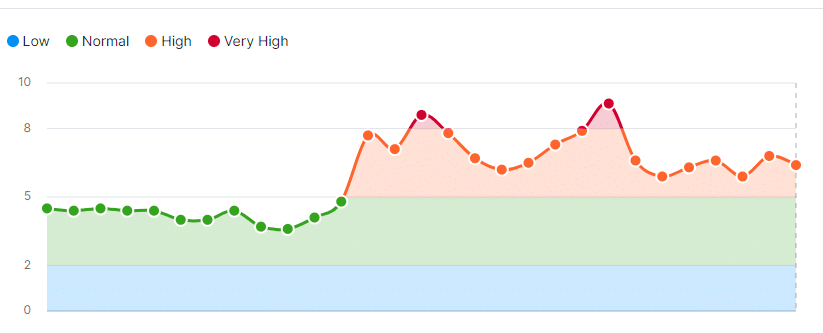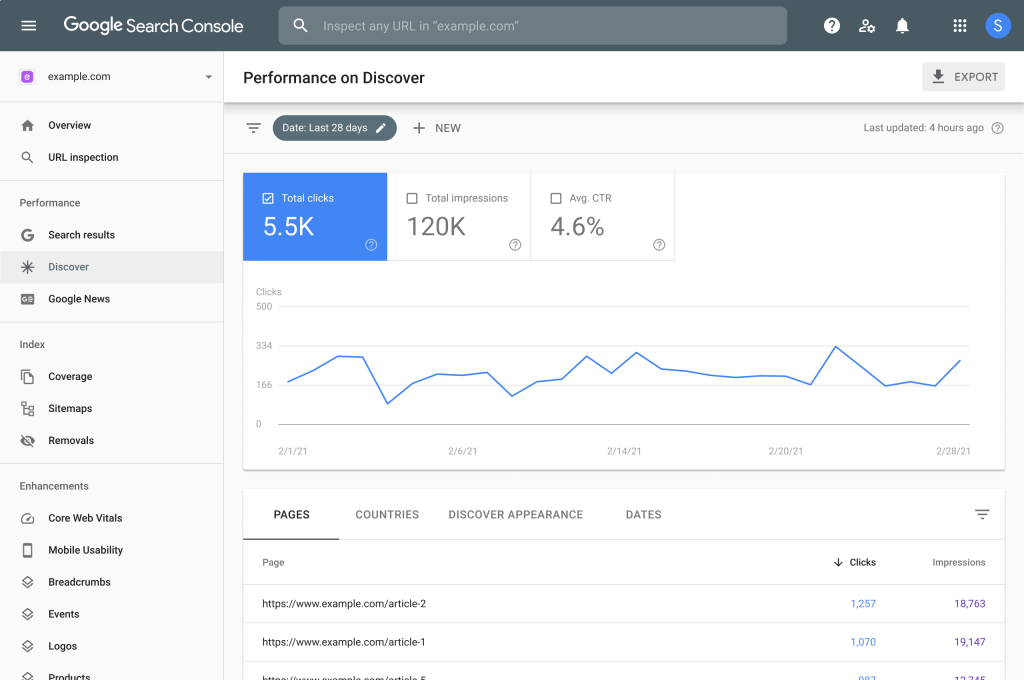
SERP volatility describes the degree of fluctuation on search engine results pages for specific terms. When volatility is high, search results for a particular query change frequently. This volatility impacts website rankings and visibility as your content experiences a shift in its position within the SERPs.
NB: This is an article from Marketing Insider
Subscribe to our weekly newsletter and stay up to date
Reasons for SERP volatility include search engine algorithm changes and increasing keyword competition. The influence of current events and mediocre quality signals could also be factors.
SEMrush’s Sensor tool measures SERP volatility on a scale of one to ten. On a typical day, volatility falls between two and five on this scale, with highly volatile days going much higher.

Monitoring SERP volatility and adapting your strategies is vital to maintaining search visibility. You’ll have to do this dance with Google to maximize its immense power.
Adapting to SERP Volatility
You’ll need to adapt if your content is bouncing all over the search engine rankings. Fortunately, you have some tricks, tools, and techniques at your disposal as you adjust.
Tools like Google Search Console, SEMrush, Ahrefs, and Moz provide invaluable insights into:
- Keyword performance
- Backlink profiles
- Site health
You can set up alerts to receive notifications of sudden drops or spikes in rankings, enabling you to react immediately.

You can also utilize rank-tracking tools to monitor your website’s performance for target keywords. These tools provide historical data, allowing you to identify trends and pinpoint the impact of algorithm updates on your rankings.
If SEO is the open ocean, data is your compass. Regularly analyzing your website’s performance metrics, such as organic traffic, bounce rate, and conversion rates, offers a gauge of the effectiveness of your SEO strategies.
There’s more to this data than surface-level fluctuations, too, as you can look into underlying patterns. Identifying correlations between changes in SERP rankings and factors such as content quality, user experience, and competitor activity enables you to adapt your SEO tactics proactively.
Search engine algorithms continually evolve and analyze over 200 elements to develop a ranking. Therefore, you must stay current on industry news. Reading news websites and following reputable SEO blogs informs you about emerging trends. That way, you’ll know what’s coming and can adapt.
Adapting to SERP volatility requires vigilance, data-driven analysis, and information. Using monitoring tools and analyzing data trends helps you emerge stronger in the search engine rankings.




